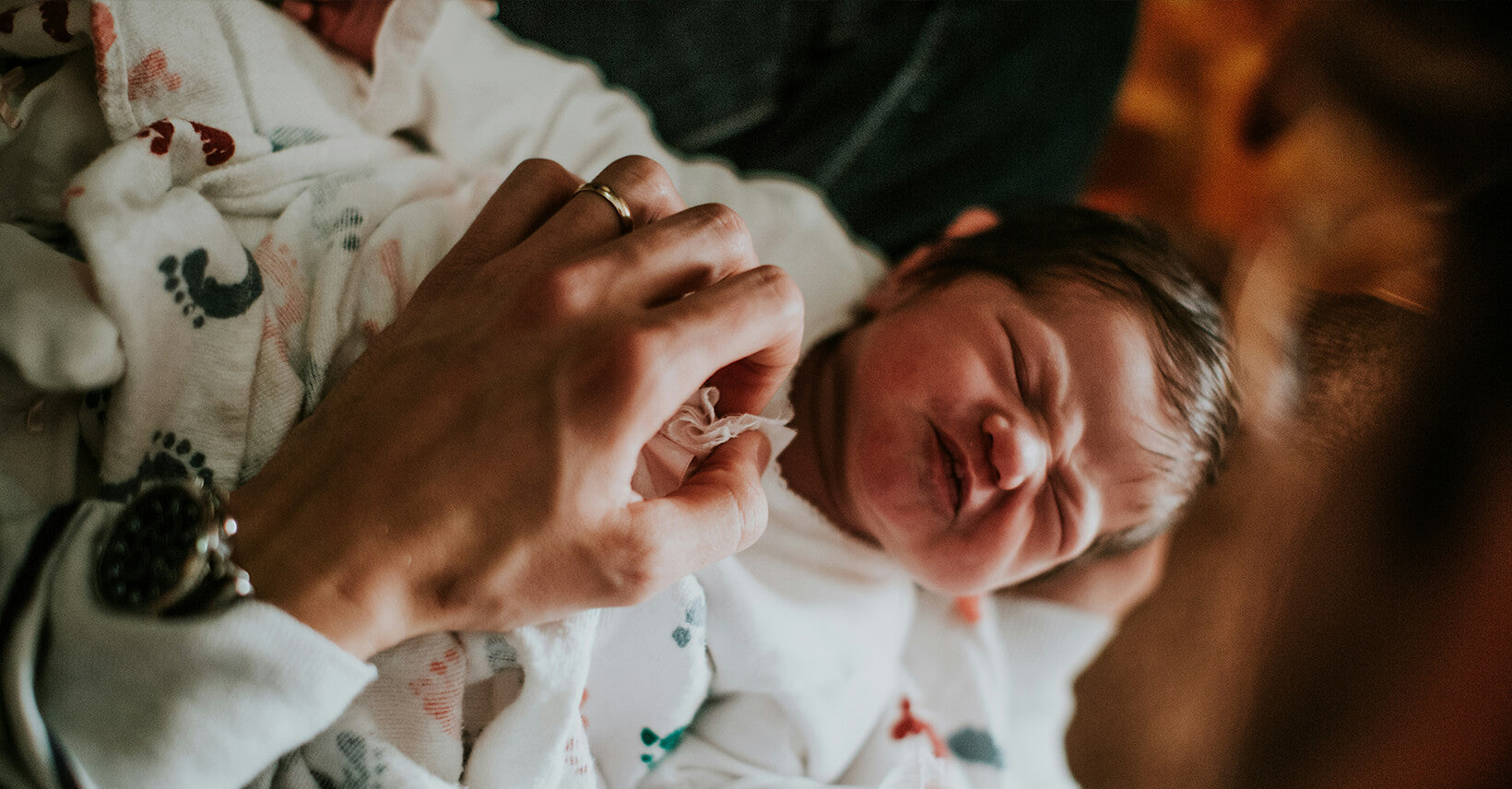


Dealing with a false start bedtime can be frustrating for both parents and babies. Imagine you've completed the bedtime routine and settled your baby into bed, but as soon as you leave the room, they're back up again within 30-45 minutes. This is a dilemma that many parents experience, but we have ways to help you overcome it. Understanding why false start bedtimes occur and how to fix them can make the night go smoother for both parents and babies.
"False start" refers to an infant or toddler who seems to have quieted down before bedtime, but then becomes restless or wakes up shortly after going to bed for 30-45 minutes. It's like a sleep false alarm - just when you think your little one is asleep, they suddenly wake up again.
This can be frustrating for parents who want some quiet time at night or a chance to relax. You don’t need to worry too much. This is common and can be fixed.
If you want to solve a problem, you should find the cause of the problem first. Here are some reasons why false starts at bedtime may occur:
Sometimes, babies become overtired and have trouble falling asleep peacefully. This can lead to restless behavior and frequent awakenings shortly after bedtime.
Babies may experience separation anxiety, especially if they are separated from their caregivers at bedtime. This anxiety can cause them to become restless or agitated after going to bed, which can lead to false starts to sleep.
If a baby is experiencing discomfort or pain, such as teething, an upset stomach, or an uncomfortable sleep environment, they may have trouble falling asleep and may wake up shortly after being tucked in.
Babies often go through periods of rapid development, such as learning to crawl, walk, or talk. These milestones can sometimes disrupt sleep patterns and lead to a false start at bedtime.
External factors such as noise, light, or a change in routine can also lead to false start bedtimes. For example, if your baby is used to falling asleep with a specific sleep association (such as rocking or feeding), it may be difficult for them to fall asleep peacefully without that association.
Understanding these potential causes of bedtime pseudosleeping can help parents identify and address the root cause, leading to a smoother bedtime for their babies.

Yes, some babies can grow out of false starts.
As babies grow and develop, they tend to become more adept at self-soothing and regulating their sleep patterns. As babies become more independent and learn to fall asleep on their own, many of them will naturally outgrow the false start bedtime.
As babies age, their sleep patterns mature, consolidating sleep for longer periods of time and fewer nighttime awakenings. As your baby's sleep patterns mature, they may have fewer false start bedtimes.
It's important to recognize that every baby is unique, and there is no one-size-fits-all answer as to whether or not your baby will gradually outgrow the false start bedtime. While many babies will eventually outgrow this stage, some may continue to experience sleep challenges that require ongoing support and intervention from their parents.
Dealing with false starts in baby sleep can be challenging, but there are several strategies you can try if your baby is older than 4 months:
As parents, it's important to stay calm and patient when dealing with your baby's sleep disorder. Your baby will sense your stress and this may make it harder for them to sleep peacefully.
Consistency is key to establishing a healthy sleep routine. Establishing a bedtime routine that calms your baby signals to your baby that it's time to quiet down and get ready for bed.
Make sure your baby's sleep environment is conducive to sleep. This includes making sure the room is dark, quiet, and at a comfortable temperature. You can prepare some sleep sacks for your little ones that can help them sleep more comfortably.
Teach your baby to self-soothe by giving them the opportunity to fall asleep on their own. This may include putting them to sleep drowsy but awake so they can learn to put themselves back to sleep when they wake up during the night.
Try to avoid stimulating activities such as over-excited play or screenplay before bedtime, as these can make it more difficult for your baby to settle down and fall asleep.
Stick to a consistent bedtime every night, as this helps regulate your baby's internal clock and reduces the likelihood of false starts.
Double check that your baby has an age-appropriate wake window.
Newborns (0-2 months):
Newborns usually have very short periods of wakefulness and spend most of their time sleeping. They can only tolerate short periods of awakening, usually about 45 minutes to an hour at a time.
Infants (2-4 months):
As babies grow, their waking hours gradually increase. At this stage, infants can usually stay awake for 1-2 hours between naps.
Infants (4-6 months):
By 4-6 months of age, babies can usually stay awake for 2-3 hours between naps. However, watch your baby for signs of fatigue and adjust their awake time accordingly.
Older babies (6-12 months):
As babies approach one year of age, they can usually tolerate longer periods of wakefulness, about 2.5-4 hours between naps. Again, it's important to watch for signs of tiredness and adjust their schedule as needed.
In short, solving the problem of false start bedtimes requires patience and persistence. By establishing a calm bedtime routine and creating a comfortable sleep environment, parents can help their babies enter a more restful sleep state.
Encouraging babies to self-soothe and respond appropriately to nighttime awakenings can also help develop better sleep habits. Understanding the reasons behind false starts can guide parents in adjusting their approach to meet their baby's needs. With time and persistence, most parents can find that the whole family can have a peaceful night after implementing these strategies.

Lily Hou
An expert in sleep sack design, is a valued contributor to Kaiya Baby's blog. With a strong background in baby sleep bags and maternal care, she is highly regarded for her professionalism. Lily prioritizes baby comfort and safety in her designs, using high-quality materials. Her insightful articles on sleep bags have been featured in reputable publications and have gained a significant readership. Trust Lily to help you create a comfortable and safe sleep environment for your baby, backed by her proven track record in the industry.
Leave a comment
This site is protected by hCaptcha and the hCaptcha Privacy Policy and Terms of Service apply.